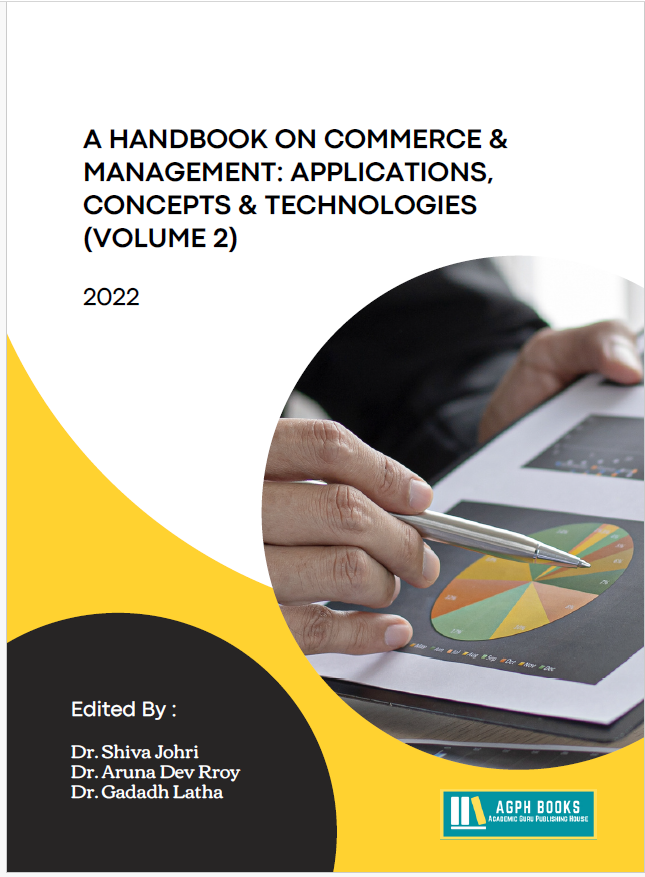A study on how Transport Management is used in Business organisations
Keywords:
Transport Management system, Supply Chain, Organisation, TransportationAbstract
The Transportation Management System (TMS) is a game-changer for organisations because it enables them to transport freight in a manner that is efficient, reliable, and cost-effective. The Transportation Management System (TMS) includes solutions for transferring freight using various modes of transportation, in addition to intermodal movements. As a component of the TMS activities, the transportation of cargo may either take place on a domestic or international scale employing the transportation assets owned by the firm or those of a third-party service provider. TMS is able to manage a diverse assortment of freight, ranging from little parcels to massive shipments of various goods. Customers have come to expect lightning-fast delivery, the option to make changes to their purchases at the last minute, and the capability to have delivery timeframes that are specific to them. They do not only want it; rather, they count on it being included in each and every order they place. Companies face a significant obstacle when attempting to meet the expectations of their customers by modifying their business procedures. This is where transportation management systems, more especially TMSs of the newer generation, come into play. The TMS will connect the systems that are in charge of managing orders with the systems that are in charge of managing warehouses. When orders from several customers are consolidated, it is much simpler to choose the shipping method that will result in the lowest overall cost. Customers and companies will both come out ahead as a result of this change! A TMS may be of assistance in improving the efficiency of a warehouse.
References
[1] ARAMANE, G. (2019). ROAD TRANSPORT YEAR BOOK (2017 - 2018 & 2018 - 2019). News.Ge, https://news.ge/anakliis-porti-aris-qveynis-momava.
[2] Asian development bank. (2007). Transport sector in india -Focusing on results. June, 17. http://www. oecd.org/derec/adb/39066399.pdf
[3] GoI. (2006). National Urban Transport Policy, 2006. Ministry of Urban Development, 1-39. http://ur¬bantransport.kar.gov.in/National Urban TransportPolicy.pdf
[4] Kapoor, M. (2002). V I S I O N 2 0 2 0. October, 0-53.
[5] LeanLogistics. (2014). Transportation Management Systems. 9. https://www.logisticsmgmt.com/wp_ content/oracle_wp_transmangmt_0814b.pdf
[6] McQuaid, R. W., Greig, M., Smyth, A., & Cooper, J. (2004). The Importance of Transport in Business' Location Decisions - Scoping Study. January, 127. http://stopstanstedexpansion.com/documents/sse10_ appendix_9.pdf
[7] Sattayathamrongthian, M., & Vanpetch, Y. (2022). Business's Transportation Management System Technology Adoption in Nakhon Pathom, Thailand. Transportation Research Procedia, 63, 2449-2457. https://doi.org/10.1016/j.trpro.2022.06.281
[8] Transport, T., & Systems, M. (n.d.). The Transport Management Systems Market.




